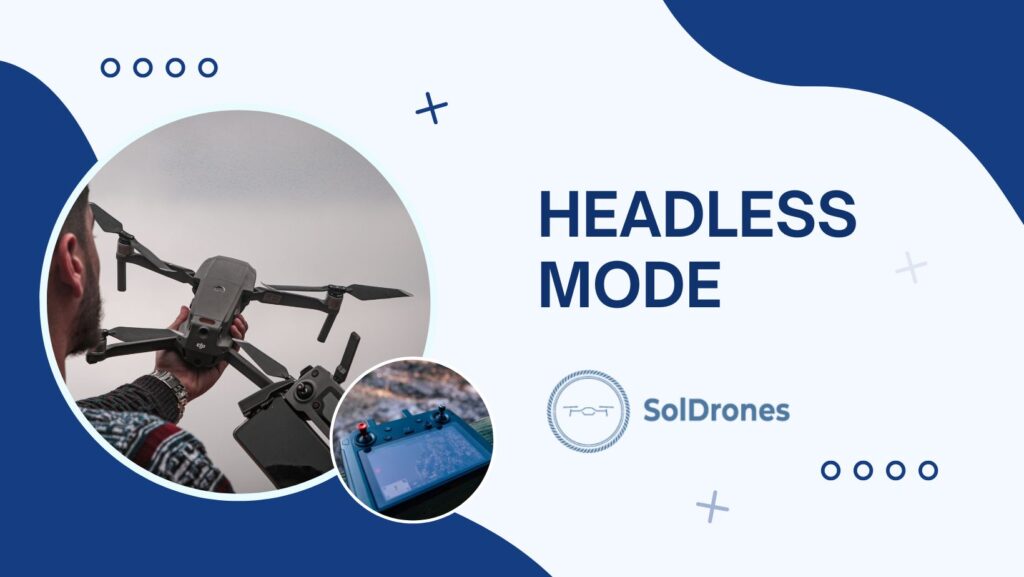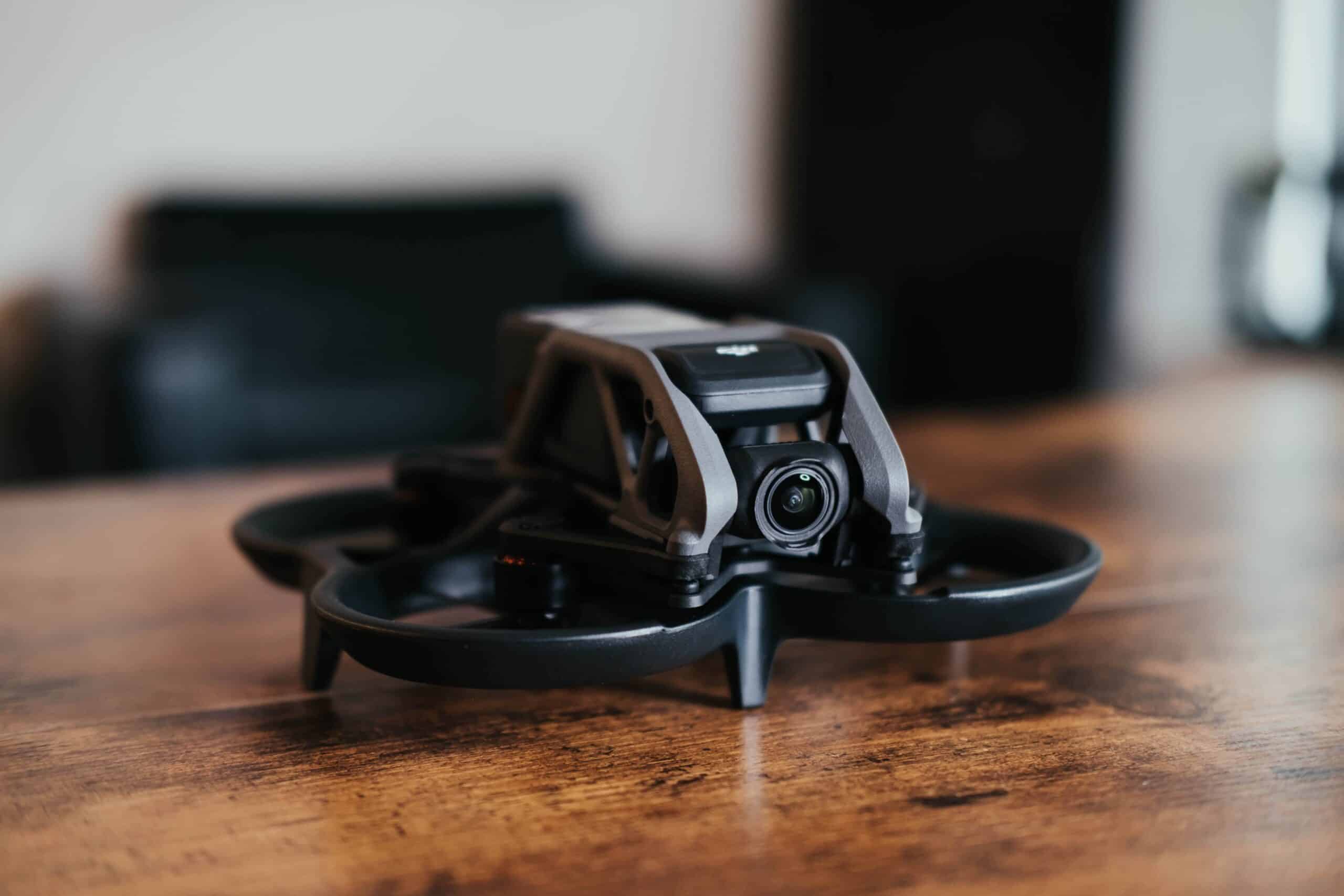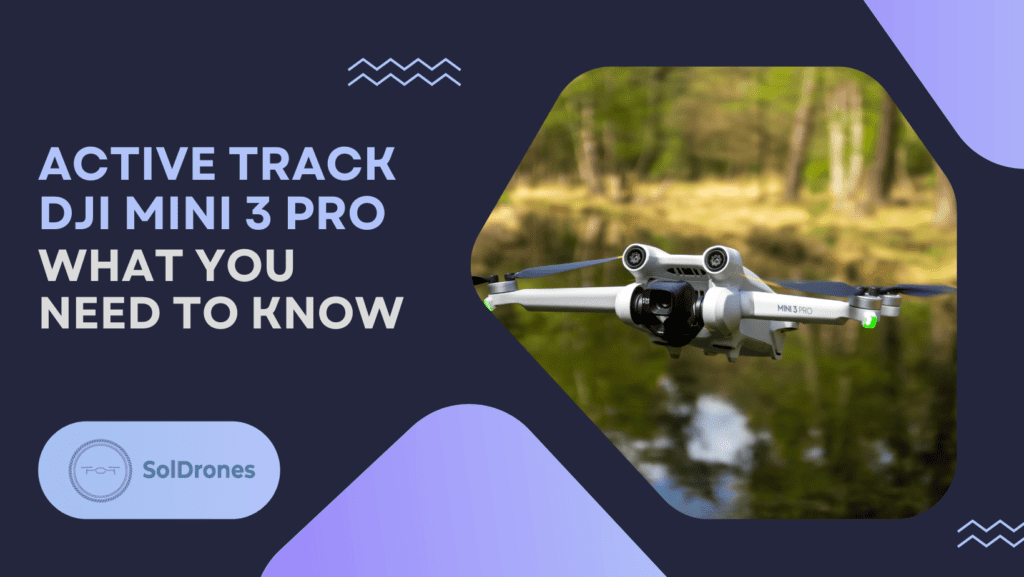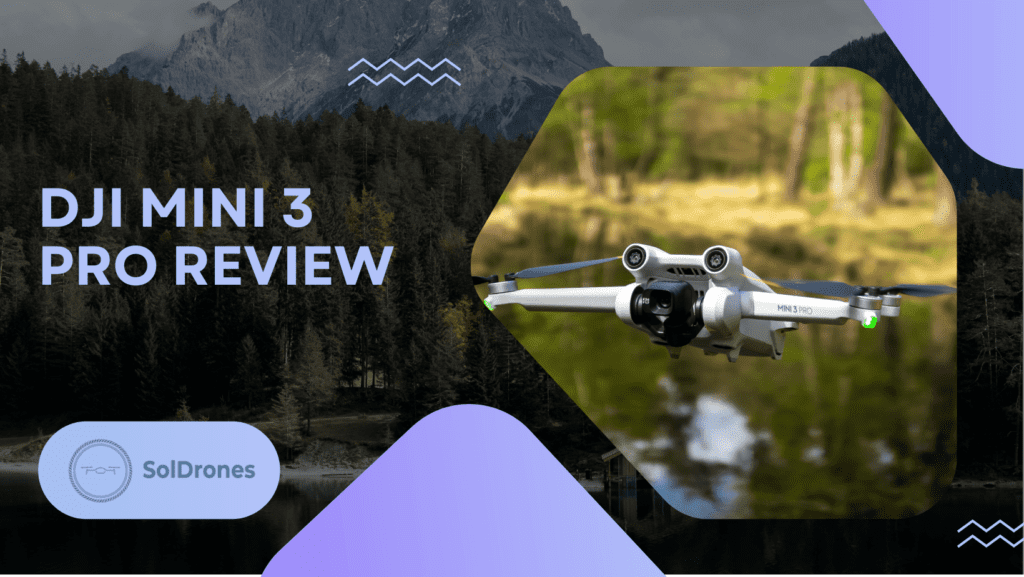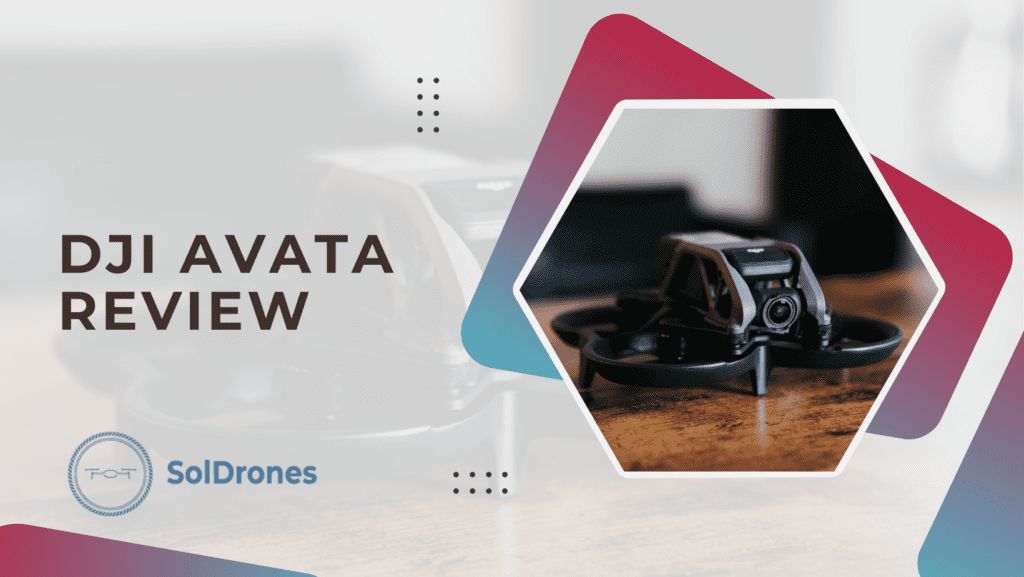Headless mode in quadcopters, or drones, is a vital tool for beginners, yet it’s a concept underutilized by many and could be holding back their flying progression. What does headless mode mean on a drone? How does it compare to flying in normal mode or using first-person view (FPV)?
This article will unravel these essential questions and guide you through everything you need to know about headless mode, from its creation to practical applications and more.
Article Highlights:
- Headless mode is a solution designed to simplify a drone’s yaw control, the left and right rotation around its vertical axis
- There are advantages and disadvantages of using headless mode, depending on your goals
- Headless mode with FPV brings some complexities that need careful consideration
What is Headless Mode on a Drone?
Headless mode on a drone, sometimes referred to as “course lock,” is a feature designed to simplify the piloting experience, particularly for newcomers. Unlike traditional flying, where the drone’s orientation defines its movement, headless mode disregards the front and back of the drone. Essentially, the drone moves in the direction the controller joystick is pointed, regardless of which way the drone is facing.
With headless mode…the drone moves in the direction the controller joystick is pointed, regardless of which way the drone is facing.
Think of it like a compass that’s always pointing north; even if you turn east, pushing forward still takes you north. This system alleviates the need to constantly adjust to the drone’s changing orientation, providing a more intuitive control experience. Whether you’re a hobbyist exploring the skies or a professional in need of precision, understanding headless mode’s mechanics can be a valuable addition to your drone-flying toolkit.
Video: What is Headless Mode?
Video credit: USA Toyz
The Creation and Purpose of Headless Mode
The creation of headless mode is a testament to the desire to make drone piloting more accessible to a wider audience. In traditional drone operation, the controls for left and right can become reversed when the drone turns toward the pilot. This counterintuitive behavior can be confusing, especially for beginners.
Headless mode is a solution designed to simplify the drone’s yaw control, the left and right rotation around its vertical axis. By automatically adjusting the drone’s control system to respond to the controller joystick’s direction, regardless of the drone’s facing orientation, headless mode removes the complexity associated with mastering yaw control. It’s like turning the intricate dance of piloting into a simple waltz, enabling more people to enjoy the beauty of flying.
Headless Mode vs. Normal Mode: Understanding the Differences
The dance between headless mode and normal flight mode in drone operation is a complex interplay, and understanding the differences is crucial to mastering the art of flying.
Here are the advantages and disadvantages of the two modes:
Normal Flight Mode:
Advantages:
- Provides precise control over the drone’s movements
- Allows for more complex maneuvers and professional flight patterns
- Offers a more realistic and engaging flying experience
Disadvantages:
- More difficult for beginners to grasp
- Requires constant awareness of the drone’s orientation
- Can lead to confusion if the pilot loses track of the drone’s front direction
Headless Mode:
Advantages:
- Easier for beginners to learn and control
- Controls are consistent regardless of the drone’s facing direction
- Reduces the cognitive load, allowing the pilot to focus on other aspects
Disadvantages:
- Less precise control can limit the ability to perform complex maneuvers
- May create bad habits that hinder progression to more advanced flying skills
- Not suitable for all flying scenarios, especially those requiring delicate control
The choice between these two operating styles will shape your drone piloting experience, making an understanding of their differences crucial to your success in the skies.
Headless Mode and FPV (First Person View)
Navigating the skies with a drone opens up exciting avenues for exploration, especially when it comes to employing First Person View (FPV). With FPV, the pilot sees the world from the drone’s perspective, providing an immersive experience. However, the integration of headless mode with FPV brings some complexities that need careful consideration, especially if you’re flying a drone like the DJI Avata.
Headless Mode and FPV:
- FPV Orientation: In FPV, the orientation aligns with the drone’s camera view. Left and right on the controller correspond to the drone’s perspective, offering a realistic flight experience.
- Headless Mode Orientation: Headless mode disregards the drone’s actual orientation. Left and right on the controller will always be the same, no matter the drone’s facing direction.
- Confusion with FPV: Combining headless mode with FPV can create confusion since the camera direction and forward direction on the controller are not the same. The disconnect between what’s seen and what’s controlled can lead to disorientation.
- Limited Precision: While headless mode may simplify control, it can reduce the ability to maneuver the drone precisely, a drawback particularly noticeable when using FPV for specific tasks like photography.
Understanding these is essential for anyone using or planning to use FPV, as the selection between headless mode and standard orientation can significantly impact the flight experience.
Why Use Headless Mode?
Headless mode is more than just a novel feature; it serves practical purposes and can be particularly beneficial in specific scenarios.
- For Beginners: Learning to pilot a drone can be daunting. Headless mode simplifies controls, making the learning curve less steep for newcomers. Without worrying about the drone’s orientation, they can focus on mastering basic movements.
- During Long-Range Flying: When a drone is a considerable distance away, discerning its orientation becomes challenging. Headless mode can alleviate this issue, allowing the pilot to steer the drone based on the controller’s orientation rather than the drone’s.
- Loss of FPV Connection: If First Person View is lost during a flight, headless mode can be a saving grace. The pilot can still control the drone without needing to see it from the camera’s perspective, reducing the chance of a crash or loss of control.
The applications of headless mode extend across various aspects of drone flying. Whether easing the initiation process for new pilots or providing an alternative control method during unexpected situations, its inclusion in modern drones underscores its relevance and utility.
How to Turn On Headless Mode
Turning on headless mode is generally a straightforward process, but it may vary slightly depending on the drone’s make and model. Here’s a general guide to help pilots activate this useful feature:
- Consult the Manual: Most drone manufacturers include specific instructions for enabling headless mode in the user manual. Always refer to this first, as it contains the most accurate information for your particular drone.
- Locate the Headless Mode Button: Many drones have a designated button on the remote control to activate headless mode. Pressing this button usually turns the mode on or off, often indicated by a light or sound signal.
- Use the App: Some advanced drones may require pilots to enable headless mode through a companion app. This might involve selecting the option from a menu on a smartphone or tablet connected to the drone.
Understanding how to activate headless mode on your specific drone enhances the flying experience, allowing for greater flexibility and control in various situations. Always consult the manufacturer’s guidelines to ensure the correct procedure for your drone.
Headless Mode for Beginners
For those taking their initial steps into the world of drone piloting, headless mode offers a gateway to a more accessible flight experience. By aligning the drone’s controls with the pilot’s perspective, this mode eliminates the often confusing need to discern the drone’s orientation. Think of it as a trusty compass, with controls that remain consistent regardless of the drone’s actual direction. This feature reduces the cognitive burden, allowing beginners to focus solely on mastering essential flight movements.
However, while this mode simplifies initial flights, beginner pilots should also invest time in understanding traditional controls to progress their skills. Embracing both modes ensures a well-rounded flight education, setting the foundation for more advanced piloting in the future.
Headless Mode for Professional Drone Pilots
For seasoned drone enthusiasts and professionals, headless mode might initially seem redundant, given their proficiency with traditional flight controls. However, it possesses nuanced advantages even for the expert. In situations where rapid reorientation or multi-tasking is required—such as complex aerial cinematography or during certain inspection tasks—headless mode ensures consistent, orientation-independent controls, reducing the risk of errors.
It’s especially beneficial during long-range flights when the drone’s exact facing direction might be challenging to discern visually. While many professionals prefer the precision and authenticity of normal mode, integrating the strategic use of headless mode can offer a valuable tool in their expansive piloting toolkit, enhancing flexibility during specific scenarios.
Understanding Drone Orientation: Pitch, Yaw, and Roll
Understanding drone orientation is key to mastering drone flight, especially when utilizing headless mode. Here’s a detailed breakdown of the three primary axes of drone movement, and how headless mode plays into each:
- Pitch: This refers to the tilting movement of the drone forward or backward along the transverse axis. In headless mode, the pitch control remains relative to the pilot, not the drone’s front and back.
- Yaw: Yaw is the rotation of the drone around the vertical axis, allowing it to turn left or right. Headless mode simplifies the yaw control by aligning it with the pilot’s left and right, regardless of the drone’s current orientation.
- Roll: The roll axis allows the drone to tilt left or right along its longitudinal axis. Like pitch, in headless mode, roll controls are also relative to the pilot’s perspective, making it more intuitive for beginners.
Spatial awareness and understanding these axes are crucial for piloting drones effectively. Headless mode’s influence on pitch, yaw, and roll makes flying more approachable for newcomers while offering experienced pilots unique flying opportunities. It translates the complex orientation of the drone into something more intuitive and aligned with the pilot’s perspective.
Headless Mode for Various Types of Quadcopters
Headless mode is not a one-size-fits-all feature; its implementation can vary significantly across different brands and types of drones. Understanding how this mode operates in various quadcopters can enhance the flying experience and utility of this function. Here’s a glimpse into the diversity of headless mode across several well-known brands:
- DJI: Renowned for its consumer and professional drones, DJI often incorporates headless mode in its beginner-friendly models, making it accessible for those new to flying.
- Yuneec: Yuneec’s drones often include headless mode, particularly in models designed for commercial applications like inspections and mapping, where consistent orientation can be vital.
- Syma: Known for affordable hobbyist drones, Syma integrates headless mode in many of its models, aiding those who are learning the ropes of piloting.
- Autel Robotics: Autel focuses on providing advanced drone features, and its implementation of headless mode is often customizable, catering to both novices and experts.
Different brands prioritize headless mode differently, tailoring it to the specific needs and goals of their target audience.
Final Thoughts
Headless mode in quadcopters represents a significant advancement in drone technology, offering both novices and professionals a unique way to control their aircraft. From its historical creation to implementation across various brands, this mode has become a vital tool for many.
The detailed comparisons between headless and normal modes, along with its relationship with FPV, uncover the intricacies of this feature. By understanding the advantages, scenarios where it’s beneficial, and learning how to activate it, drone enthusiasts can leverage headless mode for improved piloting experiences.
In the rapidly evolving landscape of drone technology, headless mode stands as a testament to innovation and utility, opening new avenues for unmanned aerial systems.
FAQs
What is headless mode on a drone?
Headless mode on a drone is a feature that aligns the drone’s controls with the pilot’s perspective, rather than the drone’s orientation. It simplifies navigation, especially for beginners, by eliminating the need to consider the drone’s directionality.
Why was headless mode on a dronw created?
It was created to simplify the yaw control and make it more accessible to new pilots, aiding in ease of control.
What are the advantages and disadvantages of drone headless mode vs normal mode?
Headless mode offers advantages like easier control for beginners and simplified navigation during long-range flying. However, it can lead to confusion with FPV flying and might not suit advanced pilots. Normal mode, while requiring more understanding of drone orientation, allows for more precise control and is often preferred by experienced pilots.
How do I turn on headless mode on my quadcopter?
Turning on headless mode varies among different drone models and brands. Usually, it involves pressing a specific button on the controller or navigating through the drone’s software settings. Always refer to your drone’s specific user manual for detailed instructions.
What is the difference between headless mode and FPV?
Headless mode aligns the drone’s controls with the pilot’s perspective, while FPV (First Person View) allows pilots to see what the drone sees through a camera and a display on the controller or goggles. While headless mode simplifies control, FPV enhances immersion but can be confusing when used with headless mode.

